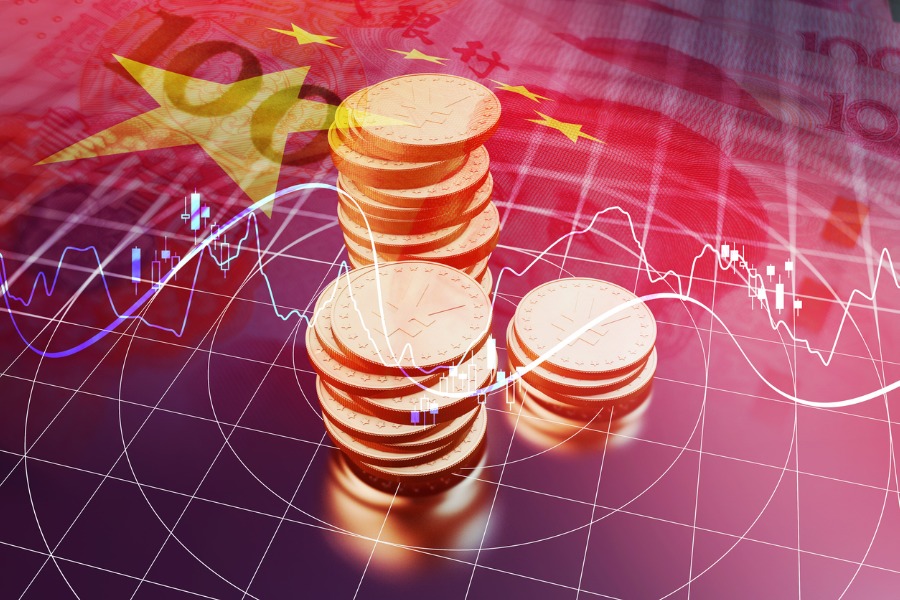

Foreign investors pulled a record amount of money from China last quarter, likely reflecting deep pessimism about the world’s second-largest economy.
China’s direct investment liabilities in its balance of payments dropped almost $15 billion in the April-June period, marking only the second time this figure has turned negative, according to data from the State Administration of Foreign Exchange released Friday. It was down about $5 billion for the first six months.
Should the decline continue for the rest of the year, it would be the first annual net outflow since at least 1990, when comparable data begins.
Foreign investment into China has slumped in recent years after hitting a record $344 billion in 2021. The slowdown in the economy and rising geopolitical tensions has led some companies to reduce their exposure, and the rapid shift to electric vehicles in China also caught foreign car firms off guard, prompting some to withdraw or scale back their investments.
The fall comes despite Beijing’s growing efforts to attract and retain foreign investment, following the smallest increase on record last year. The government wants to show it remains open and attractive to foreign businesses, in the hope that companies will bring advanced technologies and resist pressure from the US and elsewhere to decouple from China.
SAFE’s data, which tracks net flows, can reflect trends in foreign company profits, as well as changes in the size of their operations in China. Multinationals have more reason to keep cash abroad rather than in China, as advanced economies have been raising interest rates while Beijing is lowering them to stimulate the economy.
Earlier figures from the Ministry of Commerce showed that new foreign direct investment into China during the first half of the year was the lowest since the start of the pandemic in 2020.
Chinese outbound investment also hit a record, with firms sending $71 billion overseas in the second quarter, up more than 80% from the $39 billion in the same period last year.
Chinese firms have been rapidly stepping up investment, with money going into projects such as electric vehicle and battery factories.
The data also showed that the anomaly in the measurement of China’s trade surplus continue to grow, hitting a record $87 billion in the second quarter and taking it to almost $150 billion for the first half of the year. That gap was highlighted by the US Treasury earlier this year in a report that called on China to clarify why the numbers were so different.
According to a recent report from the International Monetary Fund, this discrepancy “seems to be mainly caused by the different methodologies used to record exports and imports of goods.”
The gap has grown after a switch two years ago in what data the Chinese authorities were using, and was also boosted by a recent increase in production in bonded zones by foreign firms.

Relationships are key to our business but advisors are often slow to engage in specific activities designed to foster them.

Whichever path you go down, act now while you're still in control.

Pro-bitcoin professionals, however, say the cryptocurrency has ushered in change.

“LPL has evolved significantly over the last decade and still wants to scale up,” says one industry executive.

Survey findings from the Nationwide Retirement Institute offers pearls of planning wisdom from 60- to 65-year-olds, as well as insights into concerns.
Streamline your outreach with Aidentified's AI-driven solutions
This season’s market volatility: Positioning for rate relief, income growth and the AI rebound
